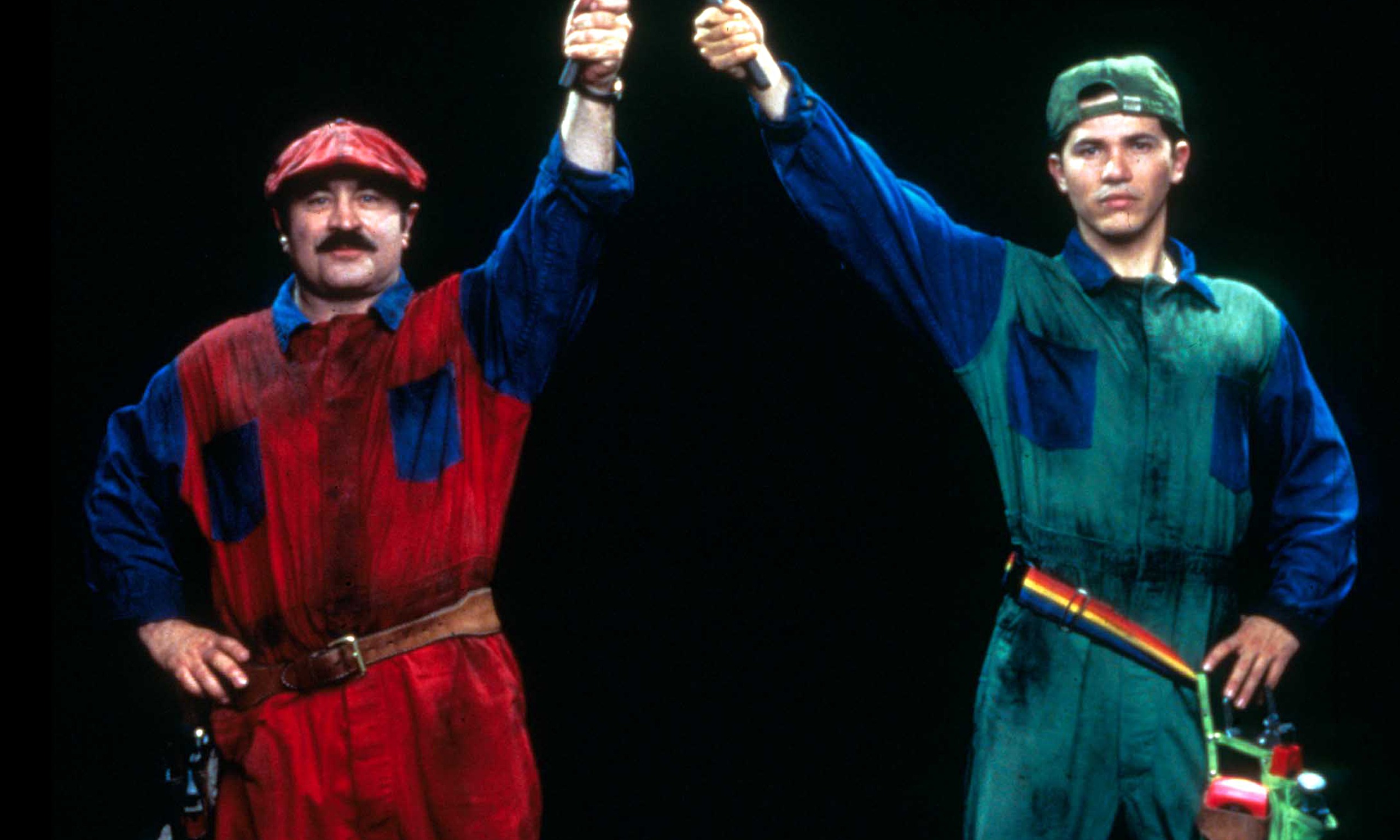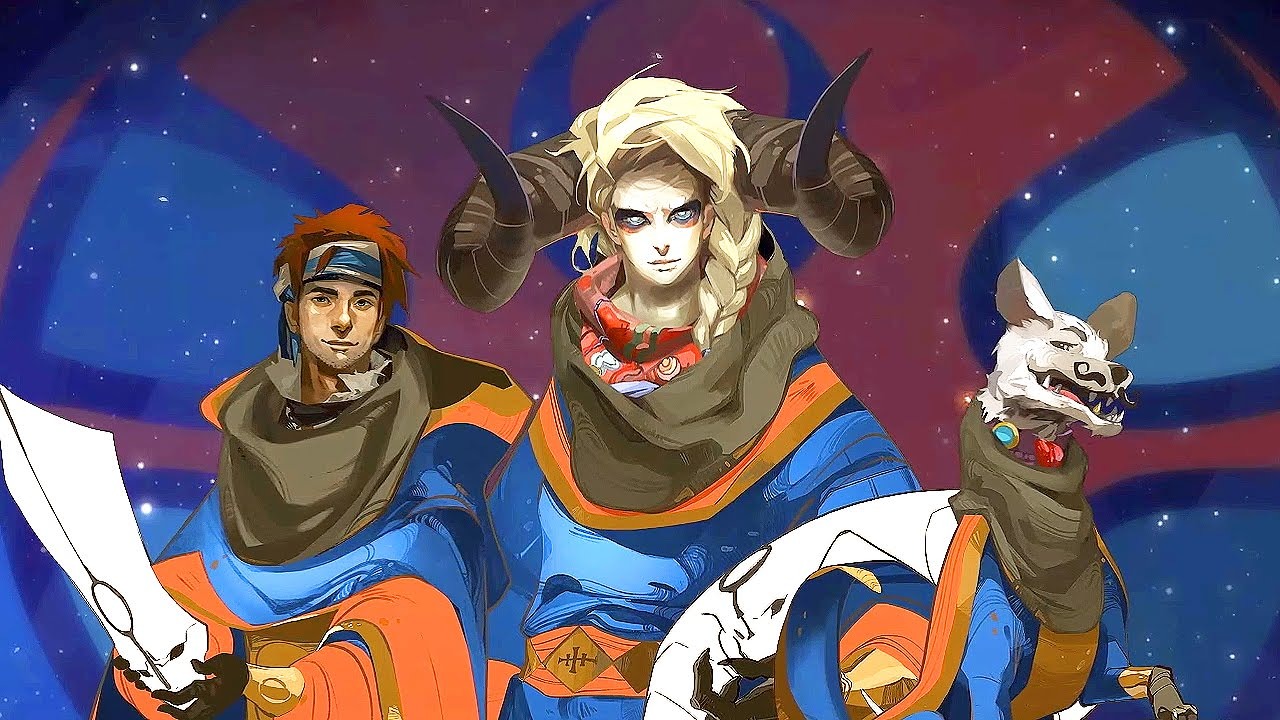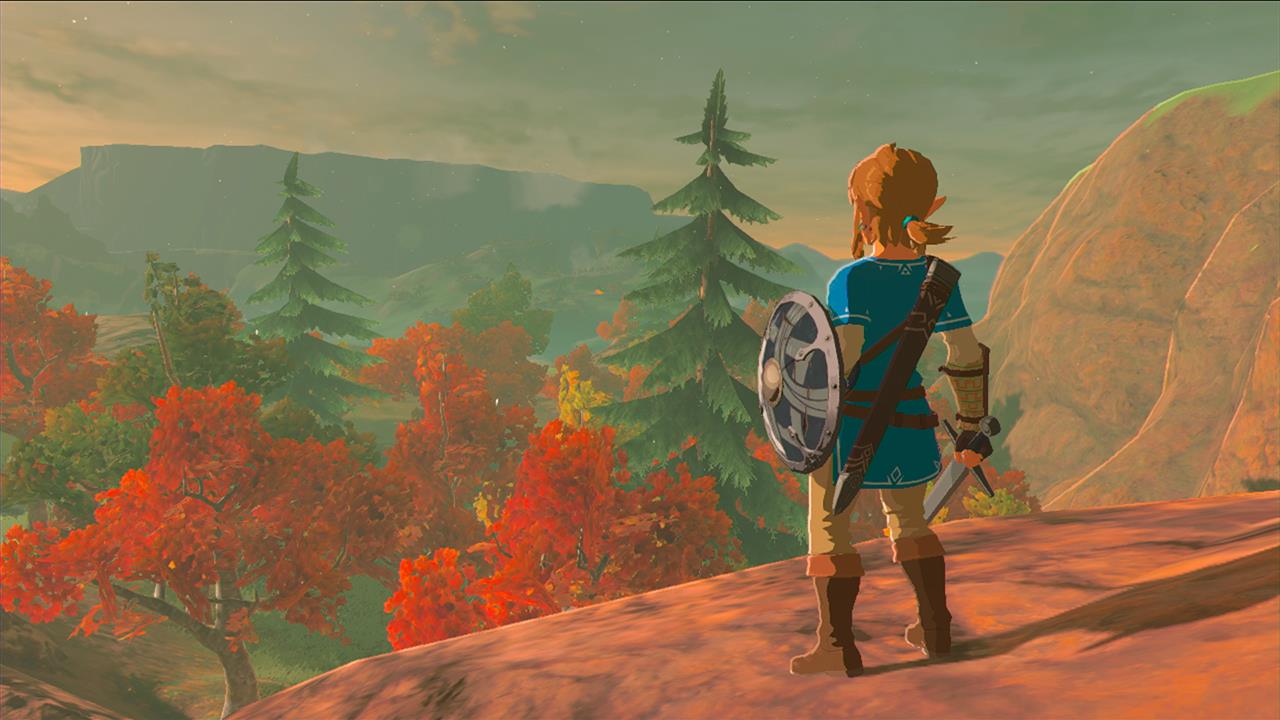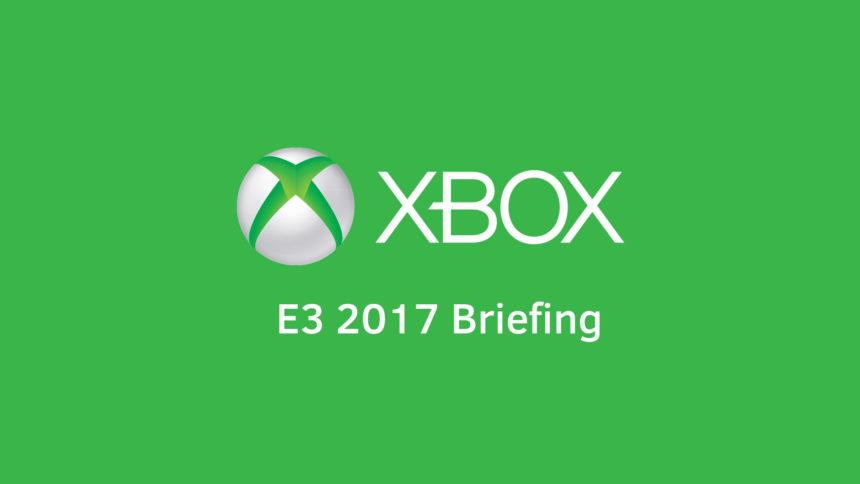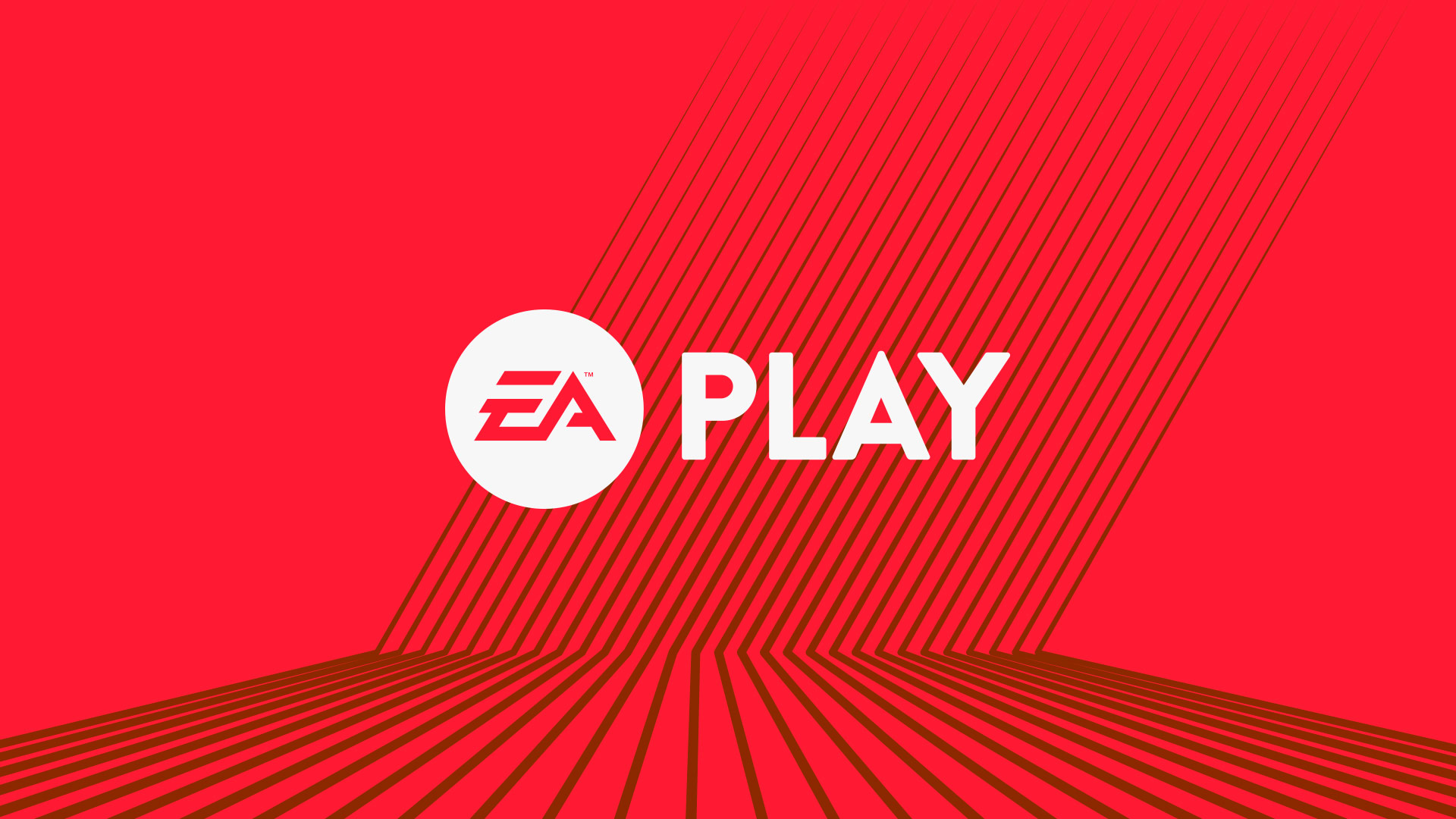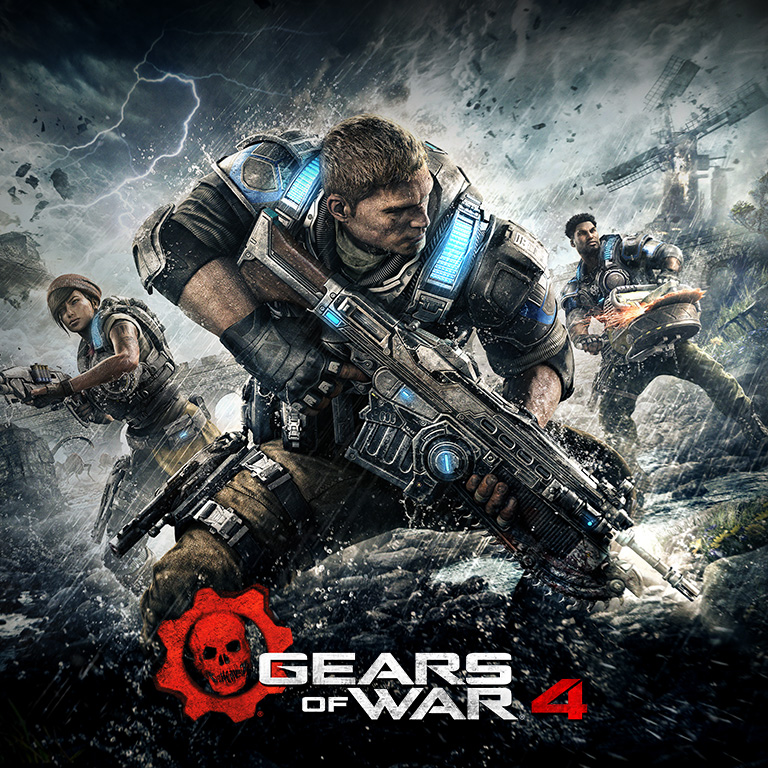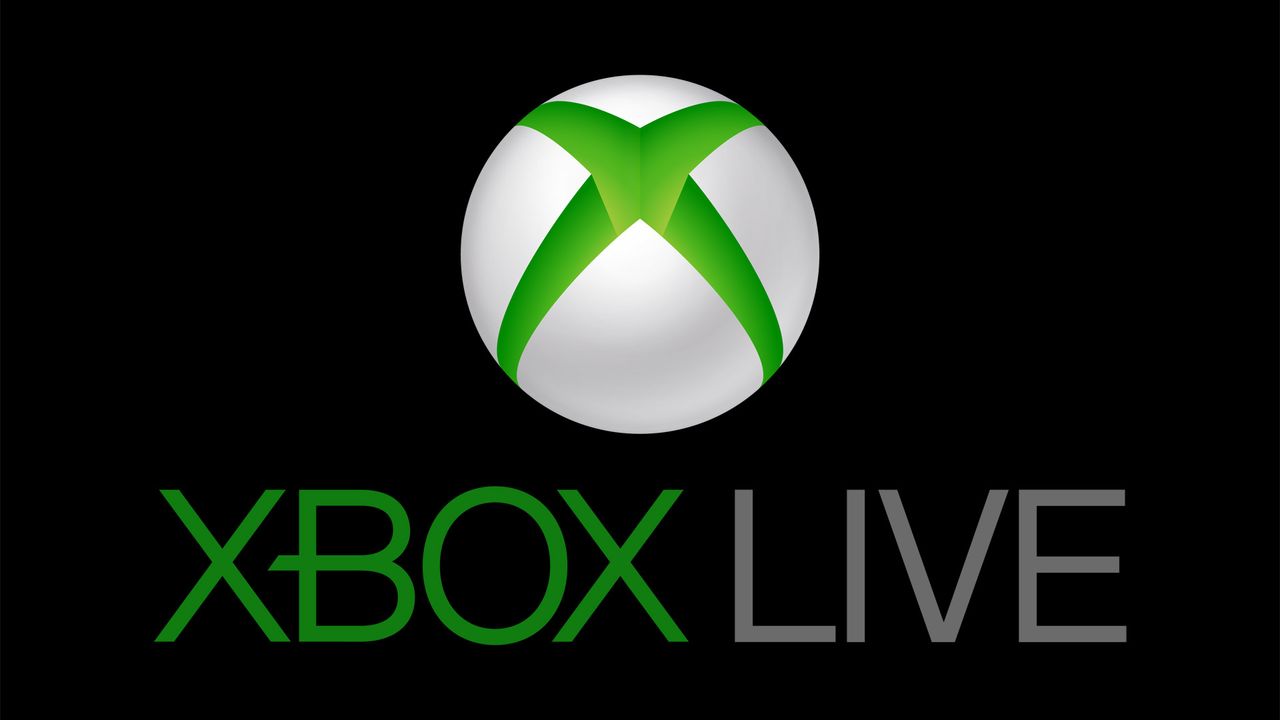I kinda want to start this post by asking, “Was that it?”
I’m not sure what it was about this year, but a lot of announced releases left me downright cold. Nothing seemed to excite me in the way that the Undertales and Mass Effects of old have. Not to say I didn’t have fun with a handful of titles, I’m just curious why a good number of promising stuff on my hard drive hasn’t been finished yet. It might be a sign of me getting older and having too many responsibilities to finish as many games as I used to. Or this. Or that. Or maybe the vocal minorities on the web are right. That games are…*snicker*… OVER. (Maniacal laughter over original joke.)
That aside, I’d love to do another top ten list, again in no particular order, because there’s still good in this world, blast it, and I’m going to do my part to shed some light on it! So let’s roll up our sleeves, cut the bull honkey, and conveniently ignore the fact that I haven’t posted on here in two years. Here goes.
Everything froze over when Nomura finally pulled sunshine out of his butt and released the legendarily delayed Kingdom Hearts 3. I got my first taste of Dante’s sword through Capcom’s return-to-form Devil May Cry 5. Sekiro reminded us that From Software still makes the best games on the planet regardless of setting. Katana Zero reminded us that despite From’s best efforts, playing as a samurai could still be a power fantasy. Kind Words reminded us that despite America’s best efforts, playing on the internet could still be a positive experience. Tetris 99 took an unlikely candidate for a battle royal and turned it into a genius move that seems obvious in retrospect. Nintendo stopped fidgeting with the mobile market long enough to finally make another Fire Emblem game, Three Houses. The Outer Worlds healed the holes Bethesda left in our hearts by showing their best efforts up in just about every way. Disco Elysium proved that writing and world building could single-handedly make an RPG great. And Star Wars received it’s second wind by way of Jedi: Fallen Order, before the angry mobs and inevitable useless political discourse try to ruin the release of Rise of Skywalker in a few weeks.
Soundtracks! I can’t get enough of them, so who had the best this year? Normally Fire Emblem would easily take the cake for me, since it’s composers blew me away with their last three releases (Awakening, Fates, Echoes). Unfortunately I feel that they had an odd shortage of tunes for me to enjoy, causing a lot of tracks to get repetitive easliy, so it’s gonna have to be a pass for me this time around. Katana Zero had a great many tracks by the talented LudoWick and Bill Kiley that I still can’t stop listening to. But in the end, I think I have to land firmly on the emotional beats of Kingdom Hearts 3 for my soundtrack of 2019. Yoko Shimomura simply outdid herself in developing the themes and motifs of this decade-old series in ways that the writers simply were unable to do. For fans like me, who followed this series through every up, down, and indecipherable plot twist, this soundtrack contained phenomenal references and narrative weight that most casual onlookers simply wouldn’t understand as well, something that makes me respect it all the more. It’s a true statement of “This is the End” that flows throughout the game’s runtime… from the title screen all the way to the end credits. Bra. Vo. Ma’am.
Visual spectacle in games is certainly plentiful nowadays, from Devil May Cry’s magnificent action set pieces, Fallen Order’s go-big-or-go-home scope and scale, to Disco Elysium’s rich, abstract vistas of the human mind. Given my own personal preferences, however, Katana Zero‘s psychedelic aesthetic made a huge impact on my memories of the title, and I’m just a sucker for solid pixel art, so my vote has to go with Third District’s finest. Try not to get too much blood on the walls.
Few games this year truly surprised me, but I’ll give this category a shot anyway. I love surprises. I suppose you could say that Tetris 99 impressed me by being a PERFECT example of a battle royale. Or that Fallen Order shocked me by not melting my PS4 on contact. Or how staggeringly gorgeous Disco Elysium’s prose proved to be as I battled an increasingly bruised detective ego. Kind Words was a contender here too. I was in awe of how gentle and caring its community could be towards the most horrific of human struggles, especially those of complete strangers. Popcannibal should be lauded for their magnificently executed social experiment on real people supporting each other with real problems. But given the fact that I am firmly not a fan of the more recent Fallout games (far too much take, not enough give), I was stunned by how much I actually enjoyed The Outer Worlds. Many RPGs tend to over-complicate their world building to the point where only hardcore fans of the property could ever give a hoot, so this game’s cultures and easily-digestible themes of corporate corruption were just what the doctor ordered. That and the shocking lack of glitches.
Um. Ah. Oh. Er. Now for the big one.
What makes a game of the year? Well, for me usually it comes down to the game I had the most fun with, like last year’s Super Smash Bros. Ultimate. Or maybe it could be the game I think represents a true step in the right direction for the industry, a shining example of what I think games could and SHOULD be. I am mostly refencing 2017’s Pyre or 2015’s Undertale. This year’s pick was a little of both. So, to be honest, I love you, Fire Emblem, but…
I’m gonna have to give 2019’s Game of the Year award to Sekiro: Shadows Die Twice.
Sekiro is a continuation of genius on the part of Miyazaki’s team. After finally finishing Bloodbourne last year, I finally felt like I could really “get” what he was going for. Not perfectly. I still find myself bouncing off Dark Souls. But Sekiro presented an attractive setting and combat system I’ve only dreamed of. True honest to goodness sword fighting. Most encounters (and all boss fights) manage to truly capture the feeling of no-holds-barred, steel-on-steel swordplay in a way that feels organic, strategic, and flipping awesome to play. It still rocks your socks off with it’s punishing difficulty, but I can’t remember having this much FUN getting perfect parries off of some lunatic’s katana combo. From Software is really, REALLY good at making games. I leave you with that.
Thanks again for joining us. Until next time, we hope 2020 finds you in good health, good company, and great games.
